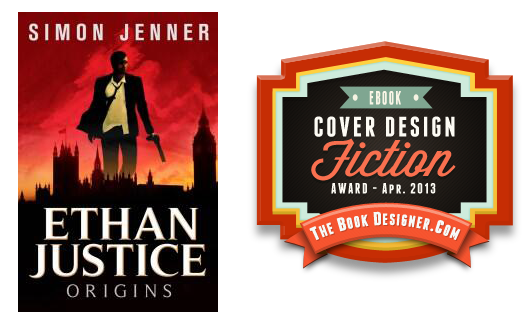Writers always panic. They finish a book and expect the world to fall at their feet. At the same time, they worry that no one will notice. And, because all writers who are writing today were raised in the traditional publishing model, they believe that if no one discovers their booknow, this minute, if no one hears of them the day of the book’s release, then that book is a failure forever and ever, amen.
So panicked writers behave badly. They promote stupidly. They alienate the very people whom they want to read their books. Tweeting Buy My Book! Buy My Book! twenty-five times per day. Demanding that friends and family “like” said book on Facebook.
The advent of social media hasn’t made this problem worse, although it has made the problem obvious.
. . . .
Many writers, who want their books to get noticed, go with traditional publishers. Traditional publishers do very little work with their midlist titles to get those books noticed. Until earlier this year, traditionally published titles went into a different system at Ingrams and Baker & Taylor than self-published books. Baker & Taylor brought those walls down hard earlier this year (see my blog) and now Ingrams is ramping up the competition with its announcement of Ingram Spark.
That distribution wall between traditional publishers and self-publishers is in the process of collapsing entirely.
So bookstores can order any book they want; the key is to make them want that book—without pissing them off.
. . . .
The best way to promote your work is to develop a fan base.
How can you do that with just one book?
You can’t. It’s a rare writer who hits on the first novel, and usually that’s a fluke tied into something going on the culture. You can’t control the culture. You can’t control book buyers. But you can control what you do.
Write good stories. Write great stories. Practice, practice, practice. Publish what you write. Readers will find good books, and they will tell their friends.
. . . .
[A survey of book-buying behavior] said that people buy books because:
1. Personal recommendations (49.2%)
2. Bookstore staff recommendations (30.8%)
3. Advertising (24.4%)
4. Search Engine (21.6%)
5. Book Reviews (18.9%)
6. Online Algorithm (16.0%)
7. Library visit (15. 5%)
8. Blogs (12.1%)
9. Social Networks (11.8%)
I’m not sure if “author reputation” is missing here because of the way the question was phrased. I suspect that it wasn’t a choice.
. . . .
You can’t control word of mouth. You can start it only by telling your fans, Facebook friends, and the readers of your blog that a new book is out. Repeatedly hammer that point and you turn into Wolowitz. Instead, write the next book and let the first one take care of itself.
That’s true whether you’re an indie writer or a traditionally published writer. I don’t care how much your traditional publisher nags you to promote, promote, promote. Ignore them. Write the next book and if they don’t buy it (or you choose not to sell it to them) publish it yourself.
. . . .
Back in the early days of self-publishing, a great story hidden in a book with a low price and crap cover could sell. Honestly, that’s how Amanda Hocking’s books sold. That woman can tell a story, but her covers were bad and interiors worse. And she was one of the few people writing good urban fantasy in the early days of Kindle. Readers who spent 99 cents got a good story, so they let other readers know.
. . . .
Nowadays? Unless you’re a reader trolling the 99 cent book ghetto, the bargain bin as it’s called in brick-and-mortar parlance, you’re not going to discover anyone who wrote a book with a great story and a crap cover.
A good cover isn’t just a good piece of art. It’s the right art with the right branding. It’s making sure you have the correct fonts, knowing where to put information, and keeping an eye on genre.










